On View
From Animal Spirits to a Conquistador’s Stolen Foot, See the First Images of Site Santa Fe’s 2018 ‘Casa Tomada’ Biennial
Other highlights include Andrea Fraser's project on museum boards and an egg-shaped mobile museum from Guatemala.
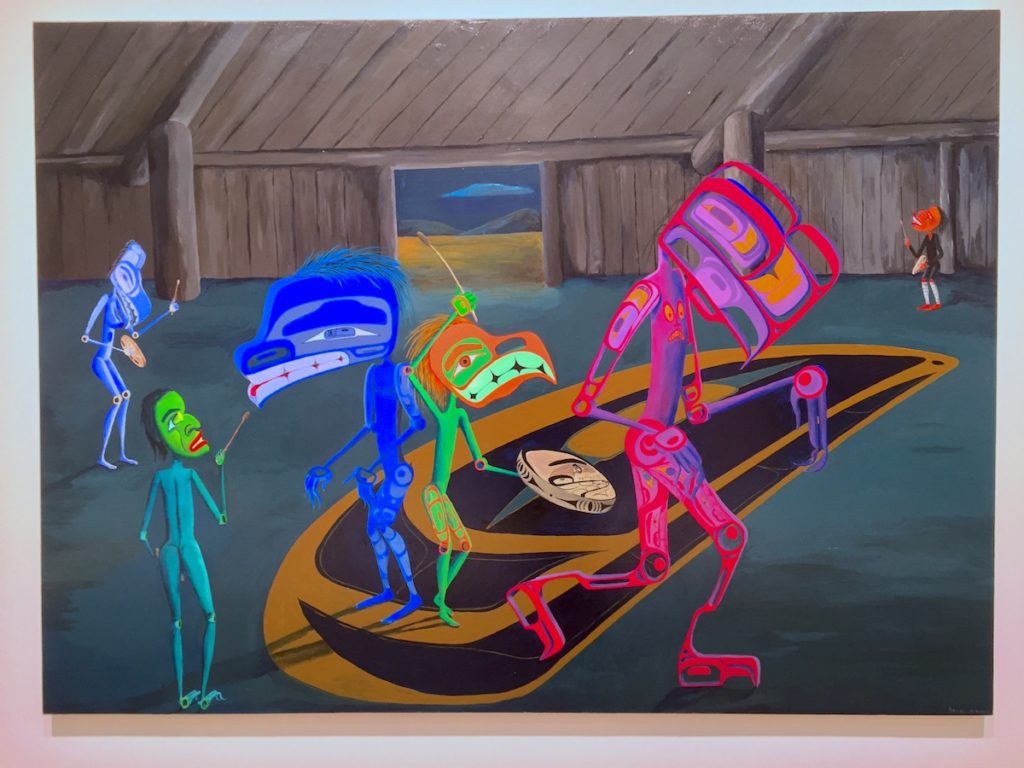
Other highlights include Andrea Fraser's project on museum boards and an egg-shaped mobile museum from Guatemala.

Ben Davis

“Sprawling” is an adjective that features often in descriptions of the various international art biennials. That doesn’t apply to Site Santa Fe’s SITElines biennial this year. Even in the New Mexico contemporary art institution’s recently expanded headquarters, the show feels pretty economical.
The 2018 edition, dubbed “Casa Tomada,” features 21 artists or collectives, selected by three curators: Jose Luis Blondet, of LACMA; Candice Hopkins, an independent curator who recently worked on documenta; and Ruba Katrib, of MoMA PS1.
SITElines draws the grandeur needed to power a biennial not from sheer size, but from a pronounced sense of its own mission: It has set out to be a “Biennial of the Americas,” self-consciously rewiring the art conversation to channel North-South influences. This perspective has given the last few editions of Site’s biennial a texture that can shift with its particular curators, while feeling distinct and characteristic—an achievement in itself.
As for “Casa Tomada,” at least two juicy metaphors hover over the 2018 curatorial selections. The title is taken from a magical realist story by Julio Cortázar, about upper-class siblings who slowly lose control of the rooms of their home to unnamed and unexplained occupiers. Correspondingly, works about place and power make up a large part of the show.
A more local dispute inspires another key curatorial flourish: In 1997, a still-anonymous vandal stole the foot of a monument to Juan de Oñate (1550-1626), sometimes known as the “Last Conquistador,” to make a political statement. In what amounts to a curator-authored artwork that centers the opening galleries, Blondet/Hopkins/Katrib have had a cast of the lost foot fabricated, presenting it in dialogue with the show’s many other artworks reflecting on memory, monuments, and more.
There’s a lot to chew on here—and while I am doing that, here are some photos that can give an idea what “Casa Tomada” looks and feels like.
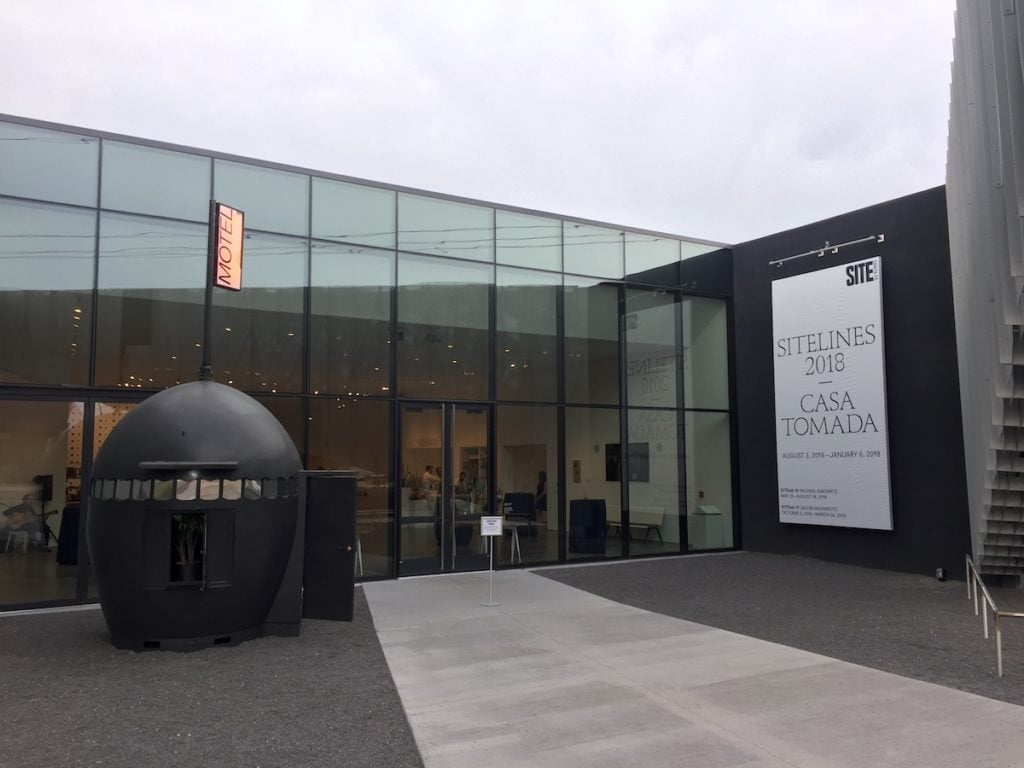
NuMu (El Nuevo Museo de Arte Contemporáneo), a mobile miniature art space from Guatemala created by artists Jessica Kairé and Stefan Benchoam.
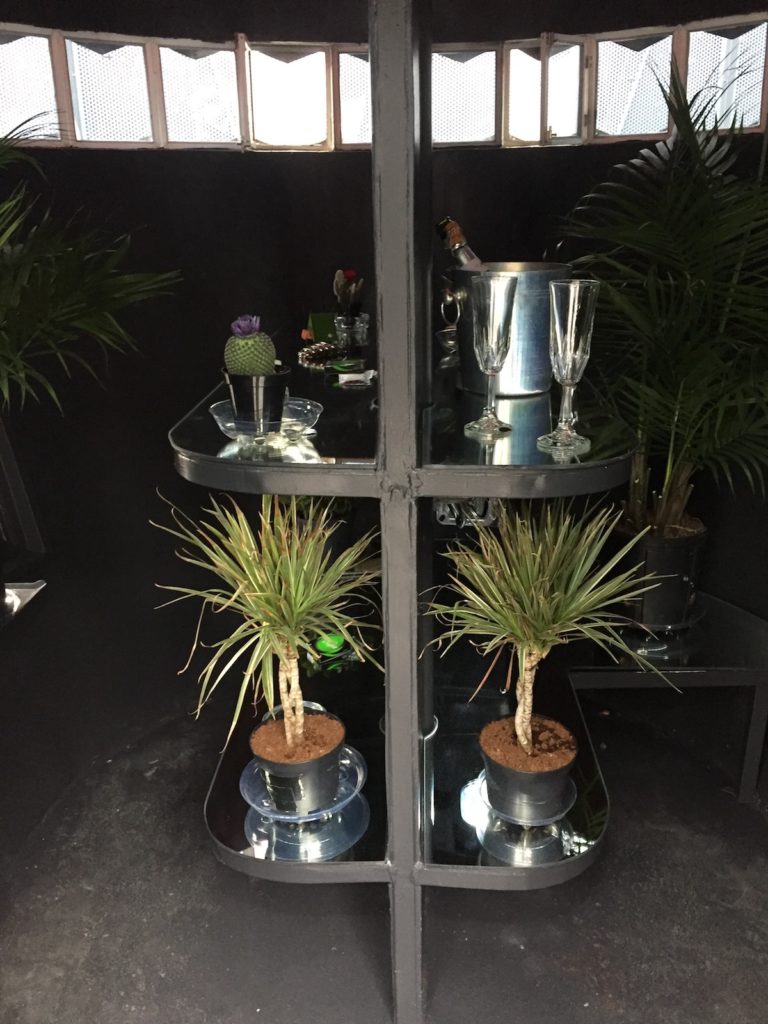
Interior of the NuMu space.
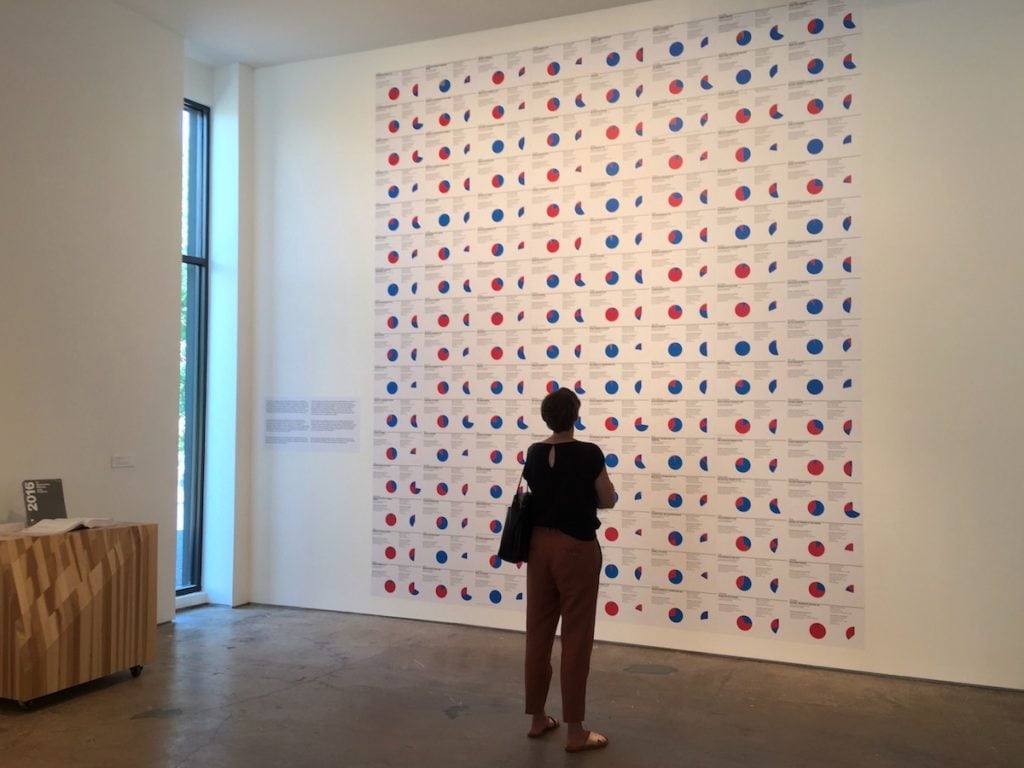
Installation view of Andrea Fraser, 2016 in Museums, Money, and Politics (2018), documenting the political contributions of board members of US museums.
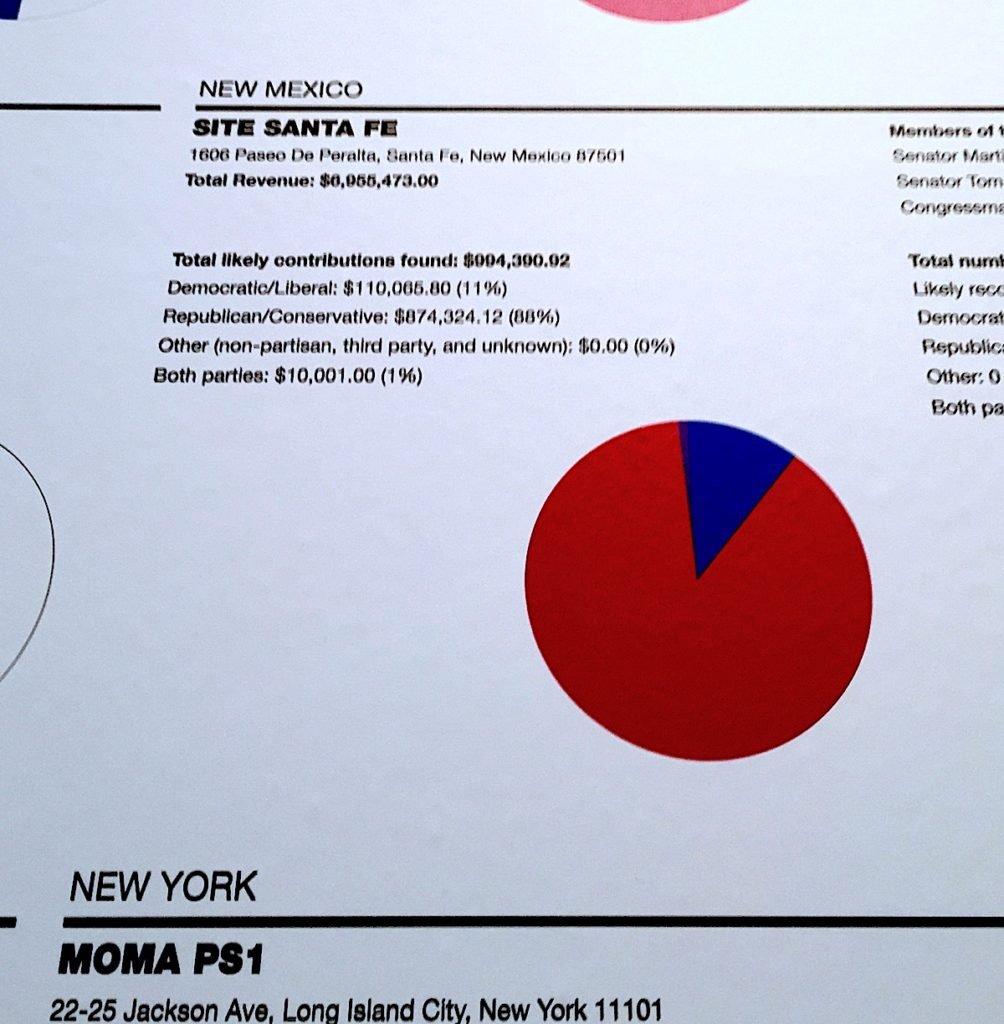
Detail of Andrea Fraser’s 2016 in Museums, Money, and Politics (2018).

Cast of the foot of a monument to Juan de Oñate, which was stolen by anonymous vandals in 1997. The act serves as a central metaphor for “Casa Tomada.” Image courtesy Ben Davis.
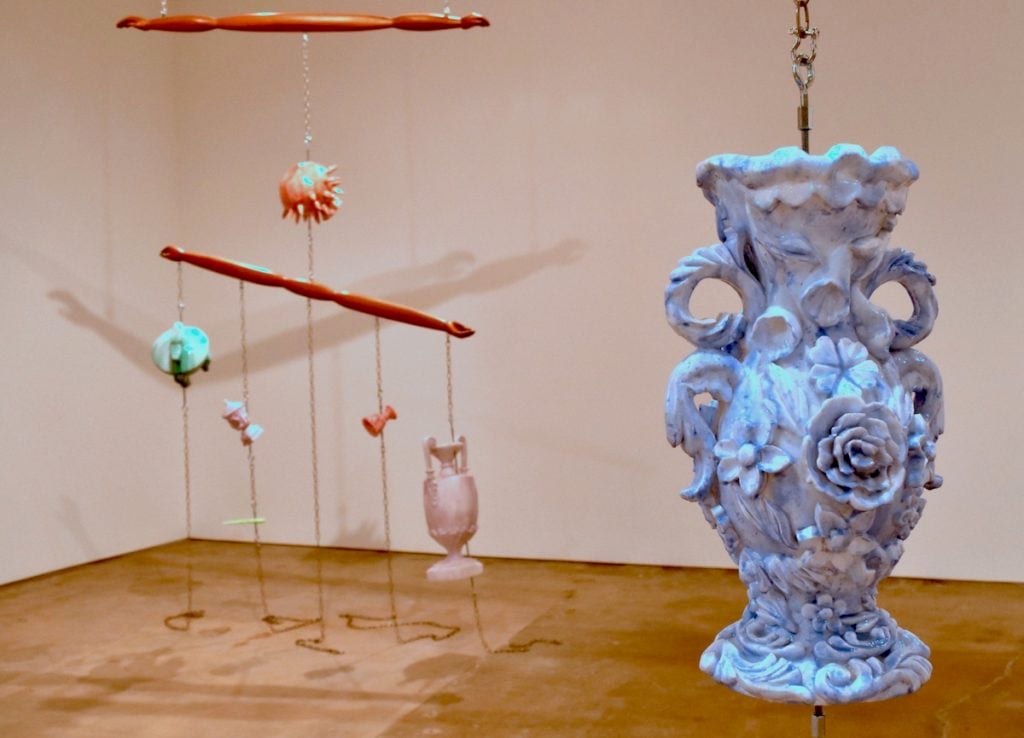
Naufus Ramírez-Figueroa, Revindication of Tangible Property (2018).
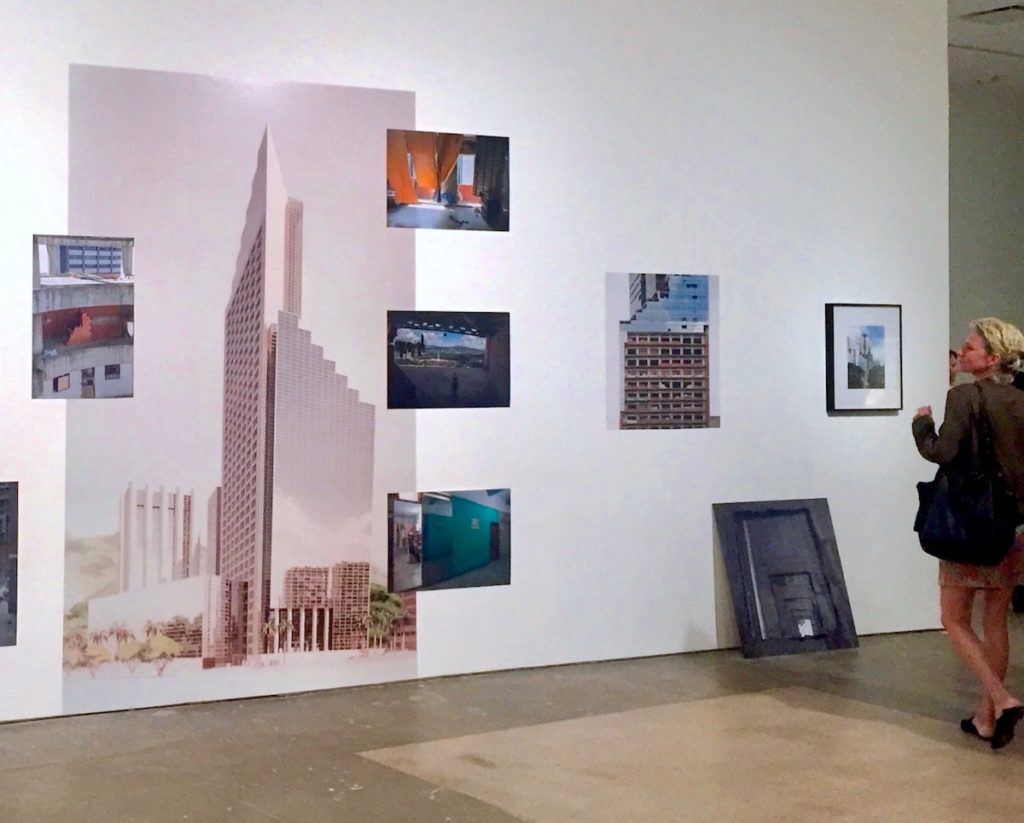
Installation view of Ángela Bonadies and Juan José Olavarria, La Torre de David (2010-ongoing), documenting the residents of the Torre de David, an unfinished bank building that was taken over by squatters.
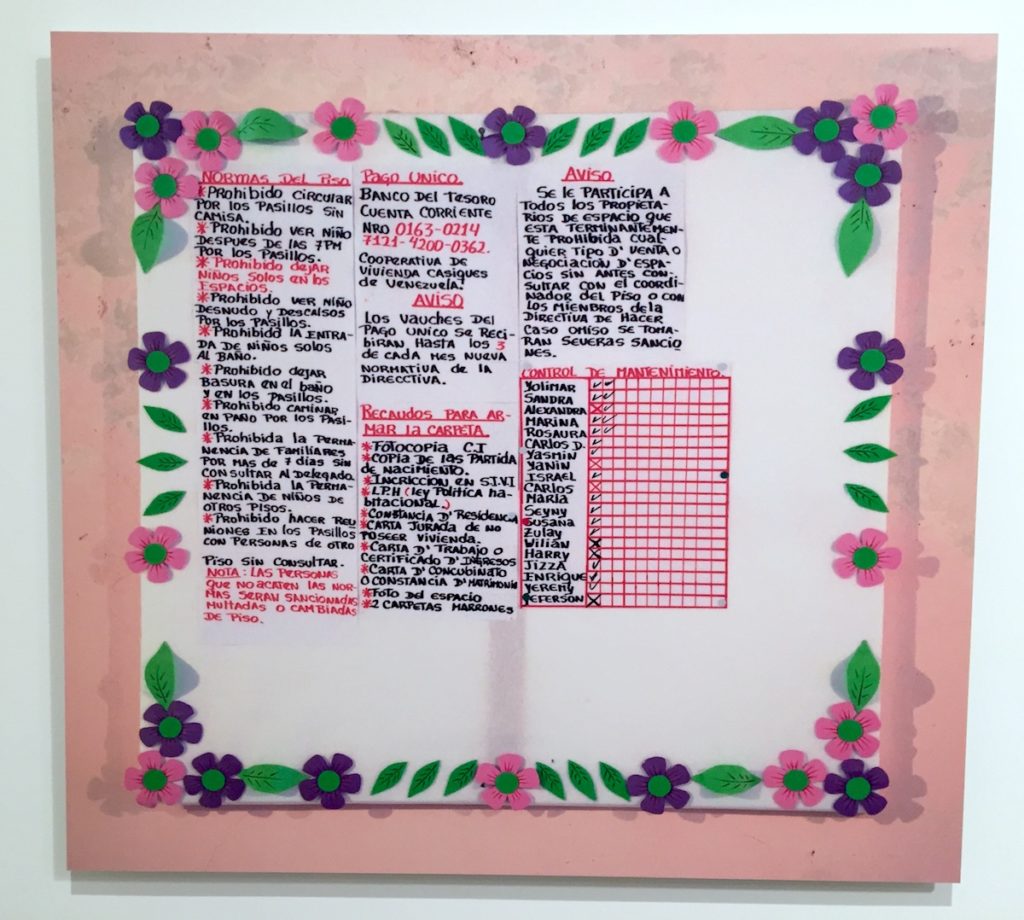
Installation view of Angela Bonadies and Juan José Olavarria, La Torre de David (2010-ongoing), detailing the “floor rules” for residents of the Torre de David.
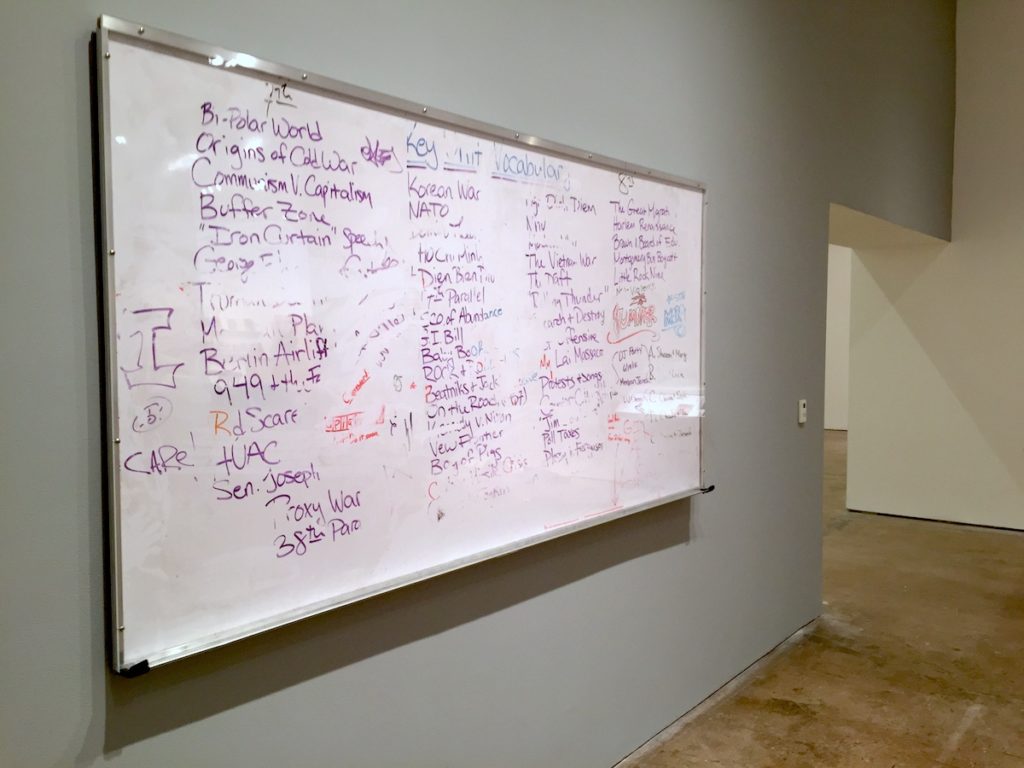
Lutz Bacher, Whiteboard (2018), a found school whiteboard.
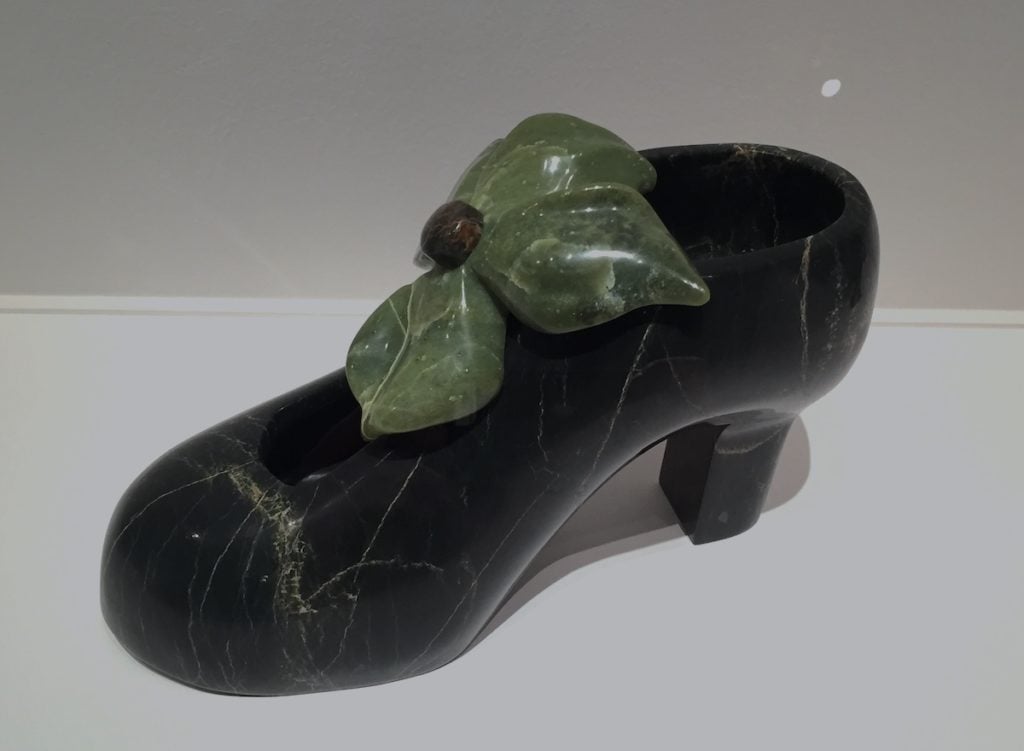
Jamasee Pitseolak, Lady (2011).
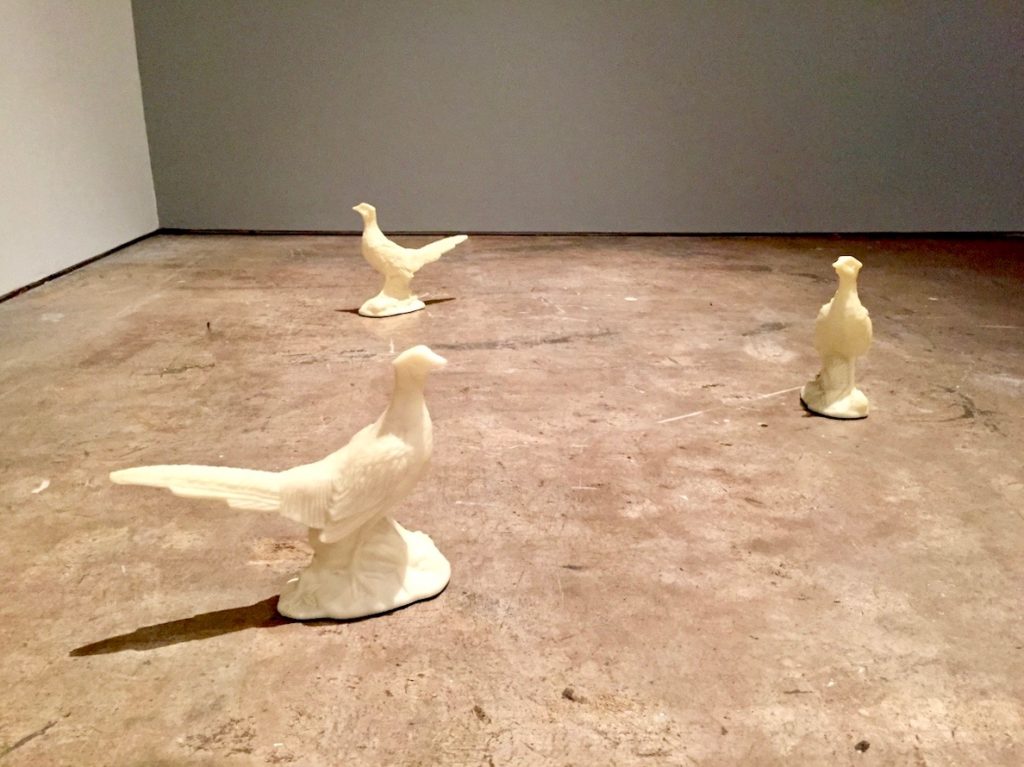
Stephanie Taylor, Pheasants (2014).
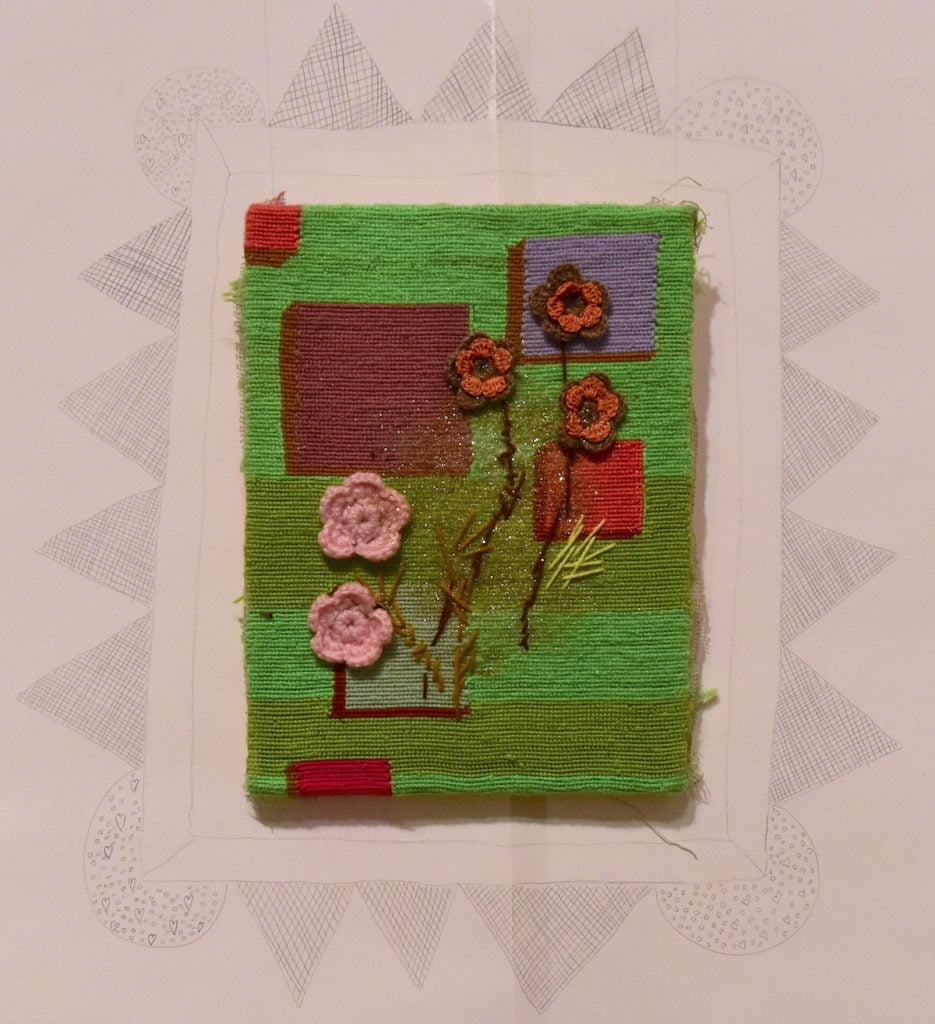
Detail of installation by Fernanda Laguna (2017/2018).
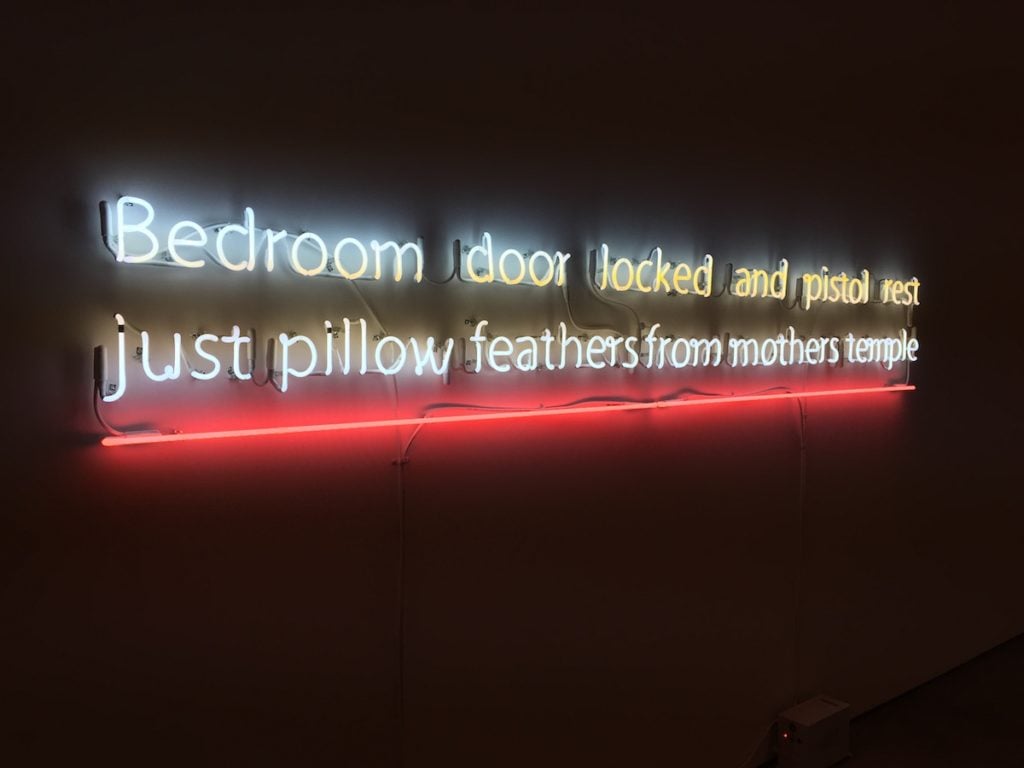
Sable Elyse Smith, Landscape IV (2018).
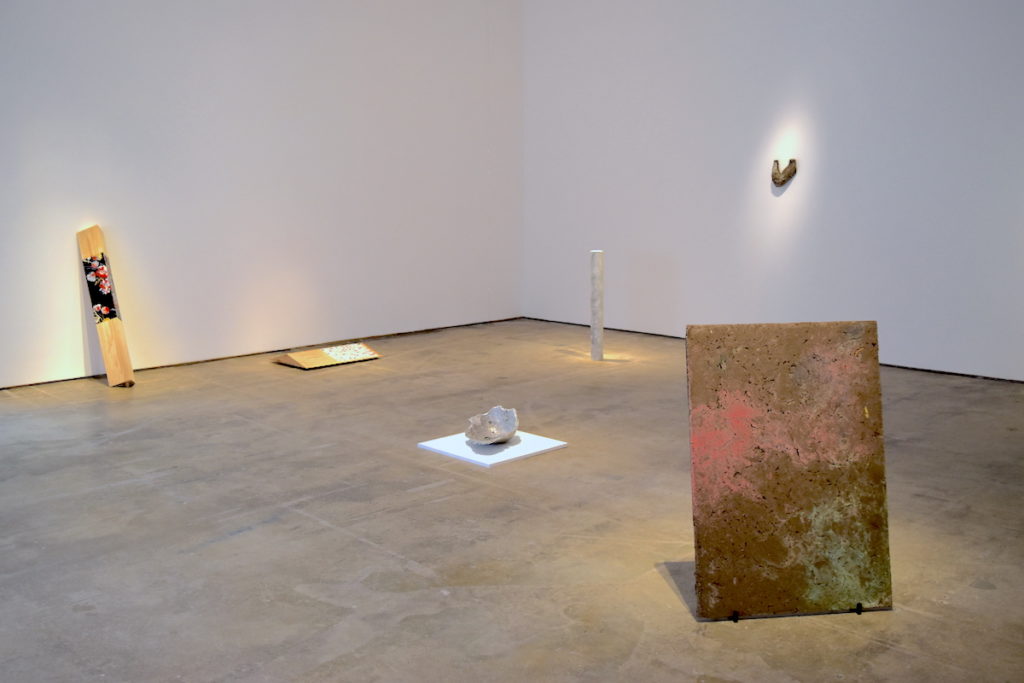
Works by Tania Pérez Córdova (2017-2018).
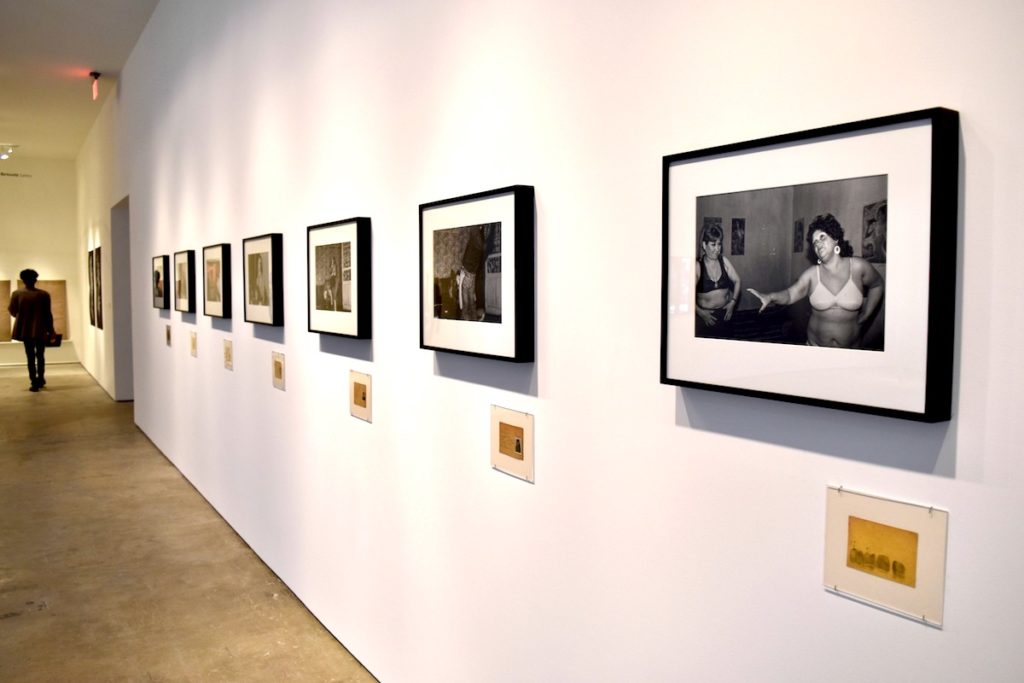
Installation view of works by Paz Errázuriz.
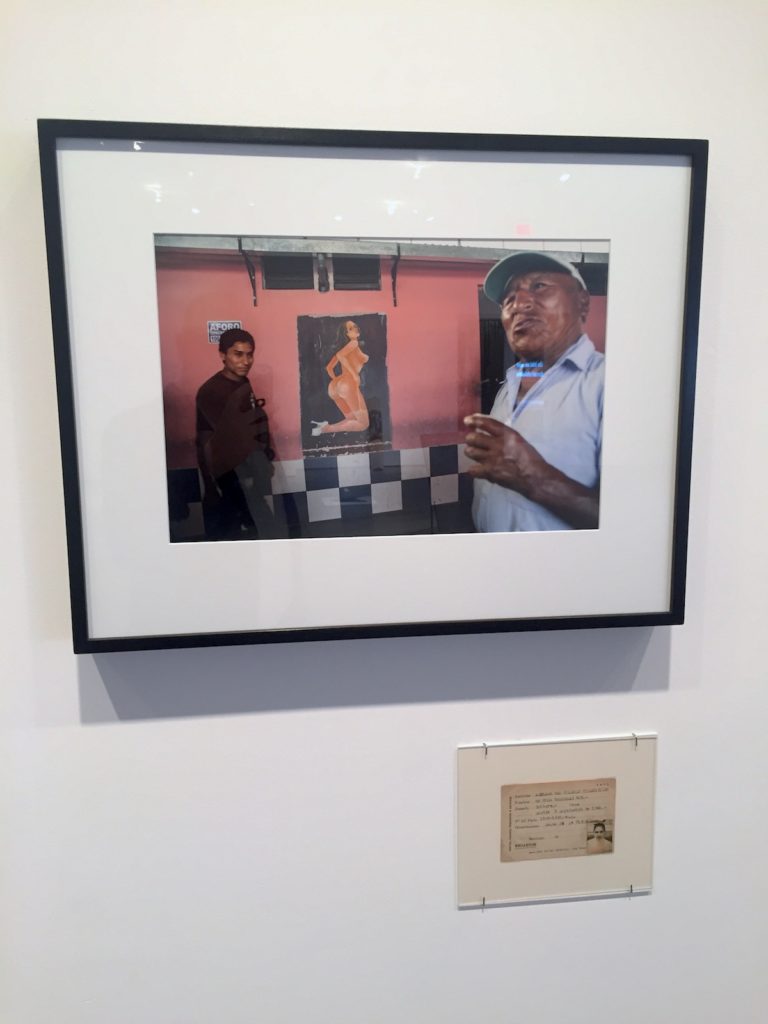
Detail of photo installation by Paz Errázuriz.
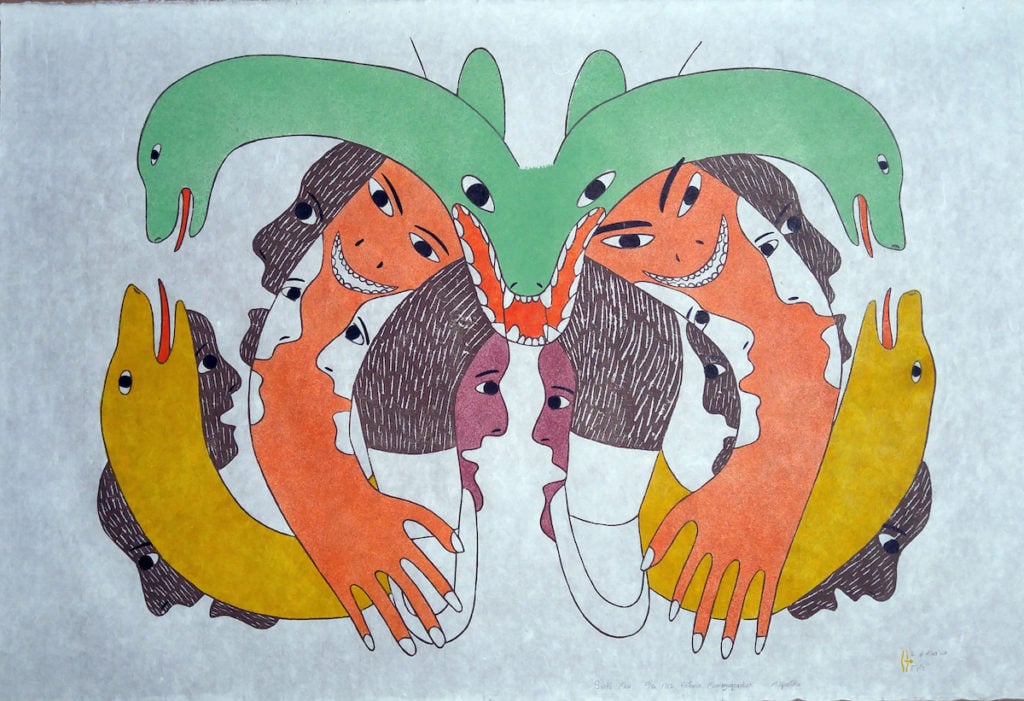
Victoria Mamnguqsualuk, Snake Man (1982). Image courtesy Site Santa Fe.
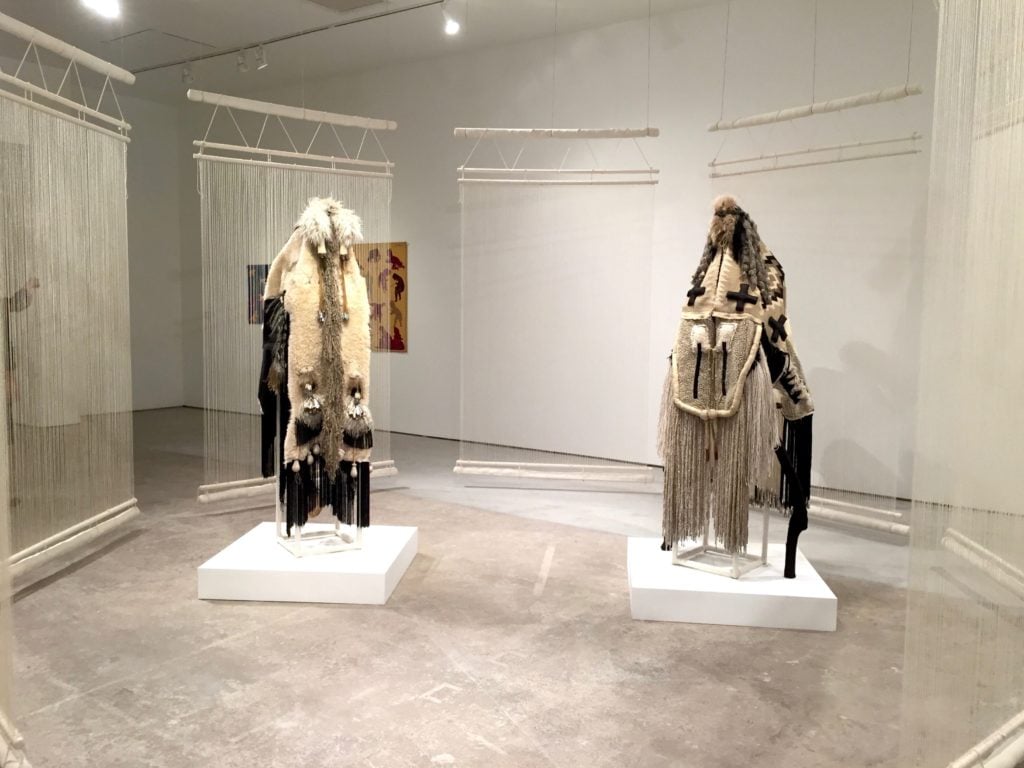
Eric-Paul Riege, diyin+, hooghan and weaving dance (fig.3) for Na’ashjé’íí Asdzáá, Retha, Effie, and Angela
(2018).
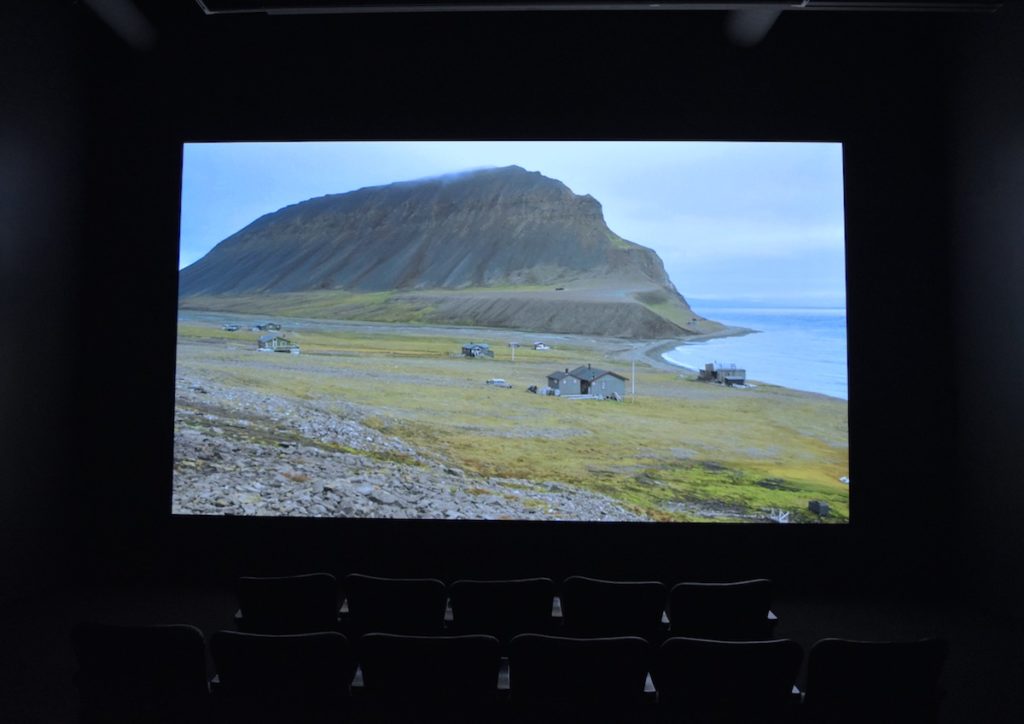
Installation view of Jumana Manna, Wild Relatives (2018).
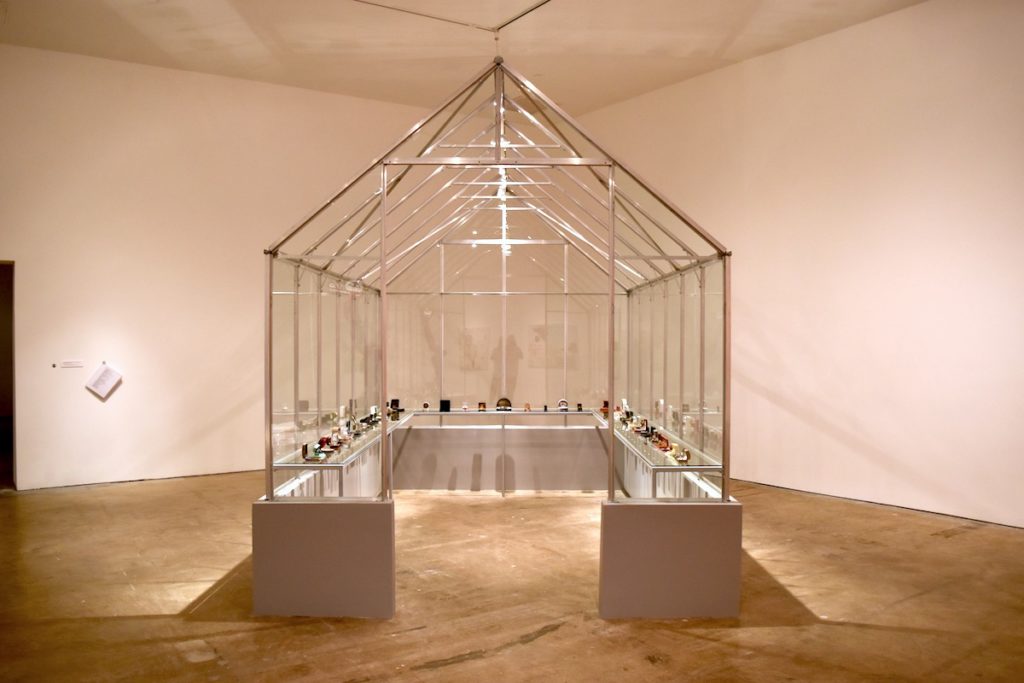
Installation of works by Curtis Talwst Santiago.
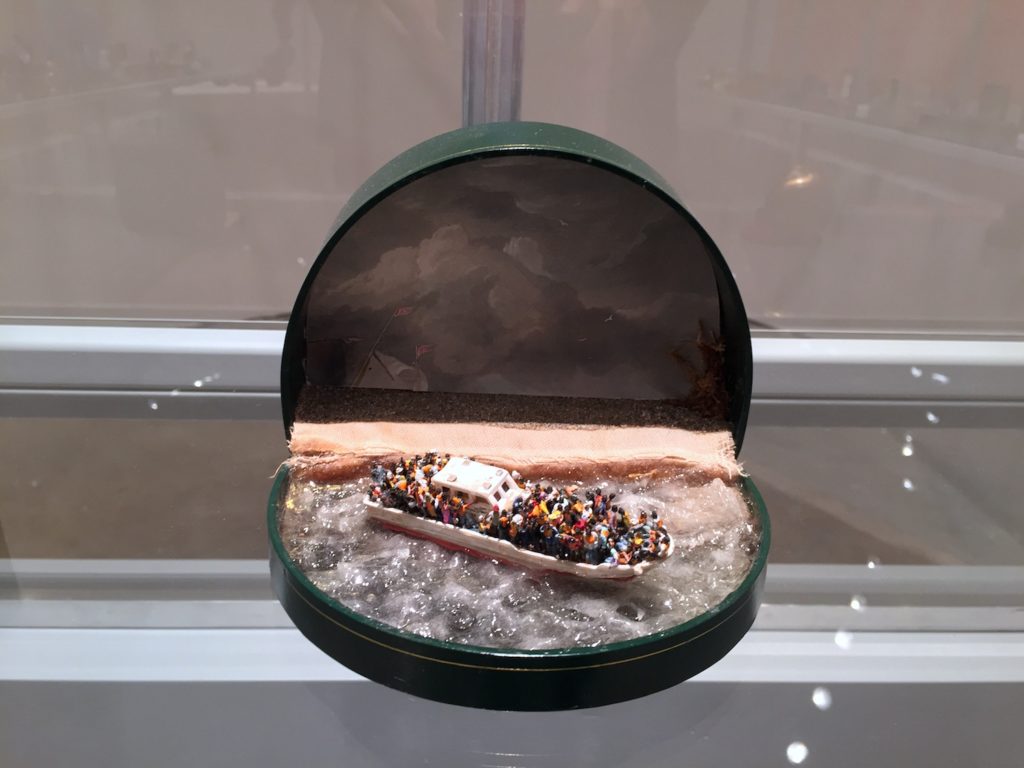
Work by Curtis Talwst Santiago.
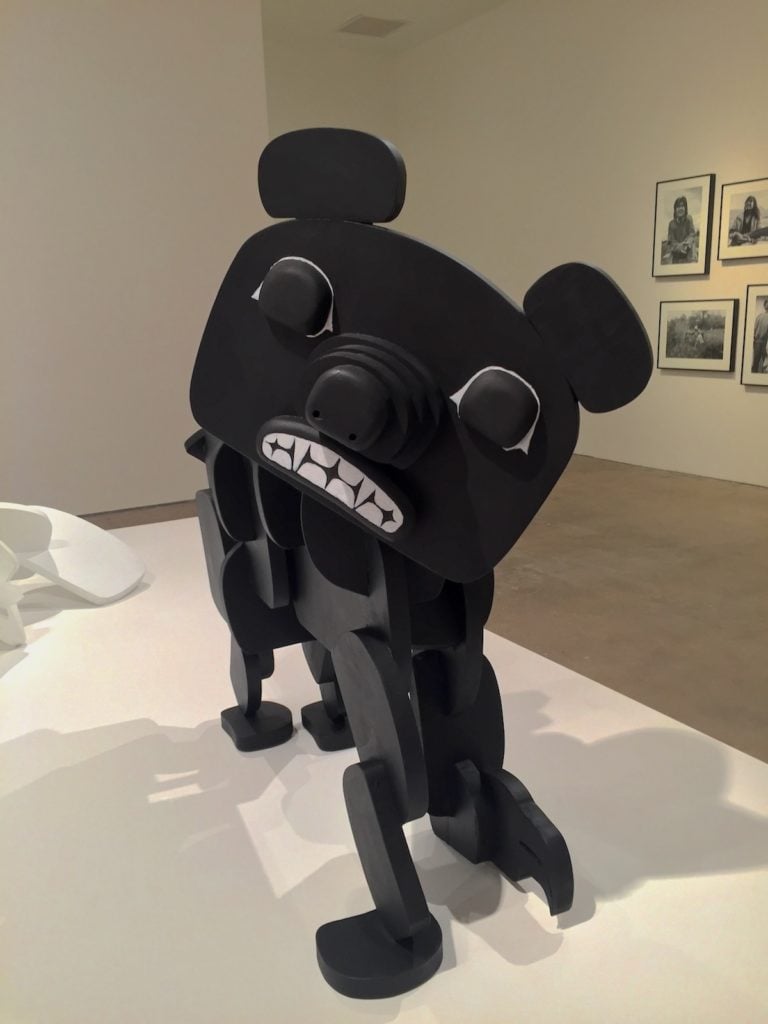
Sculpture from Lawrence Paul Yuxweluptun’s series “Neo Totems” (2018).
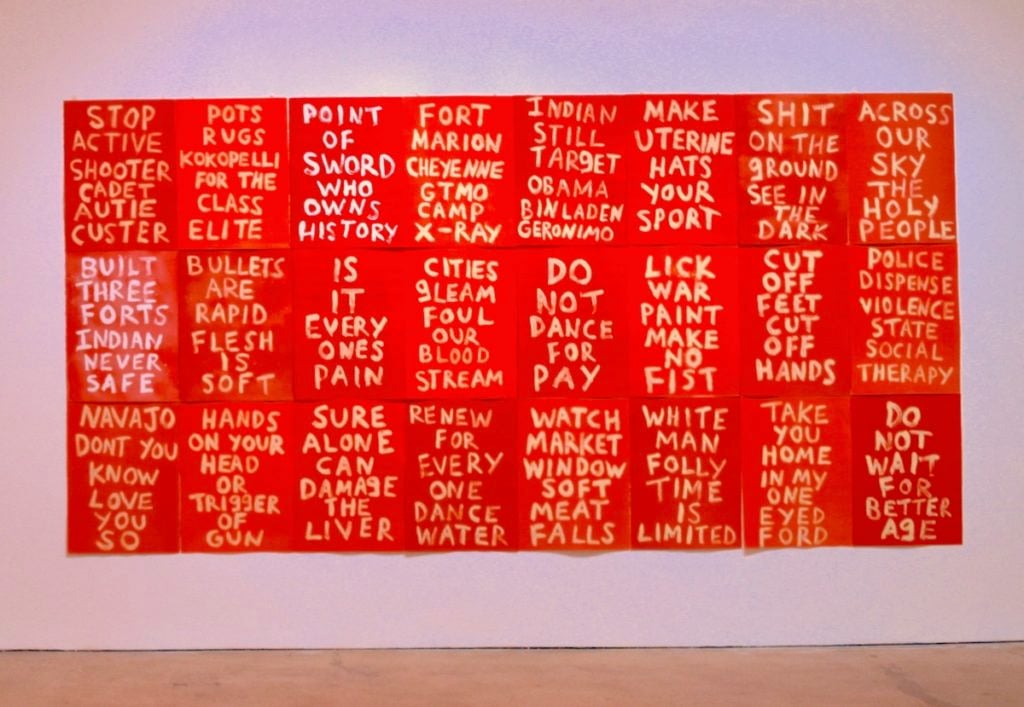
Hock E Aye Vi Edgar Heap of Birds, Surviving Active Shooter Custer (2018).
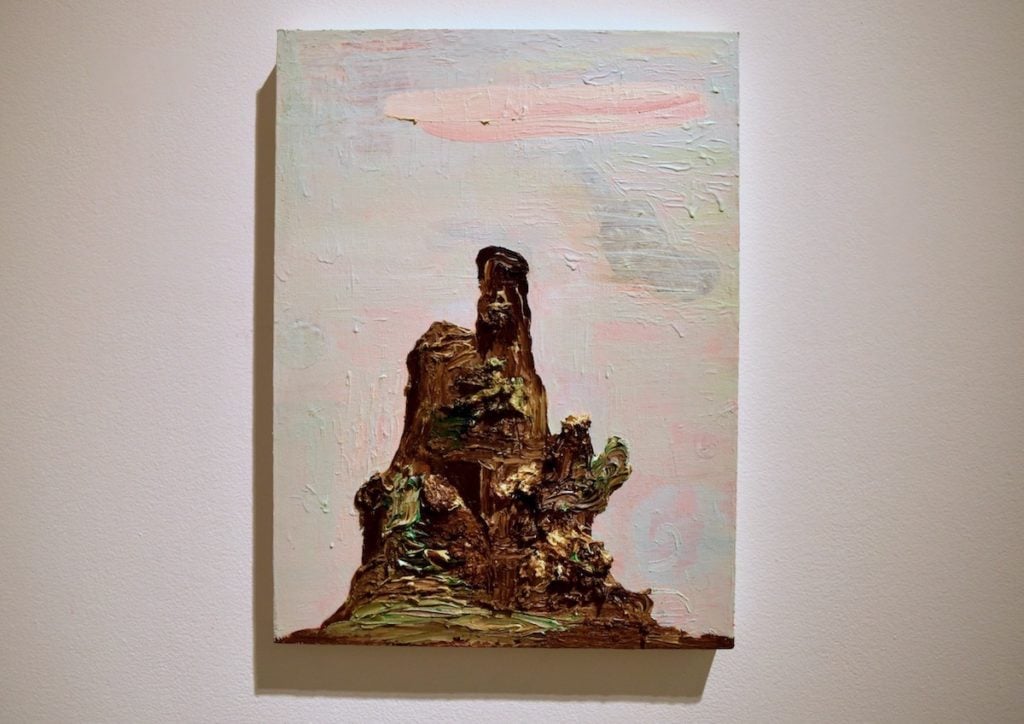
Victor Estrada, Pink Cloud/Chocolate Mountain/Blue Sky with Shadow (2017).
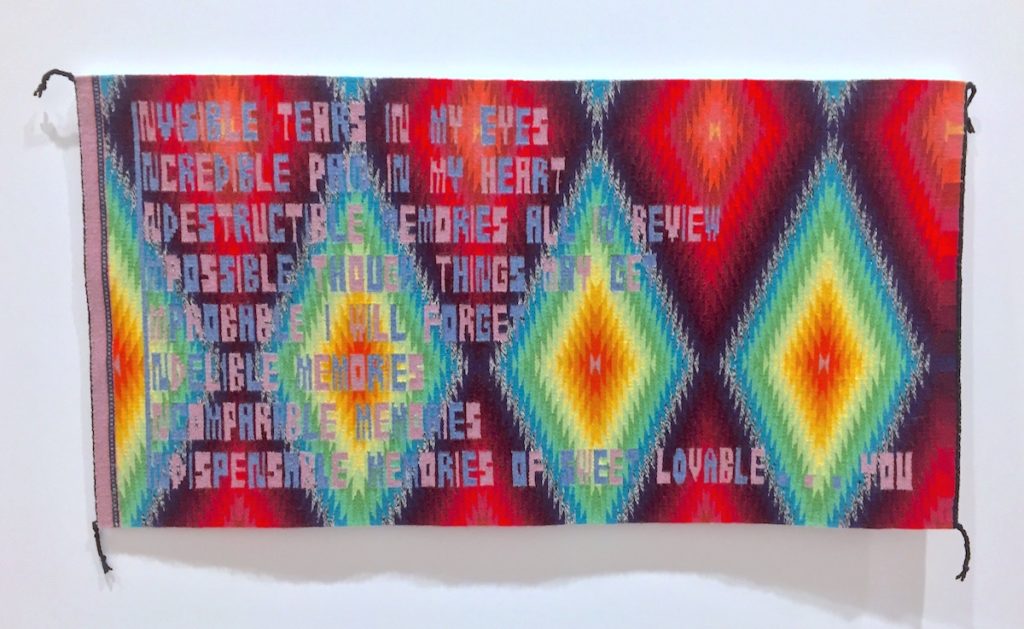
Melissa Cody, Sweet lovable . . . You (2016).
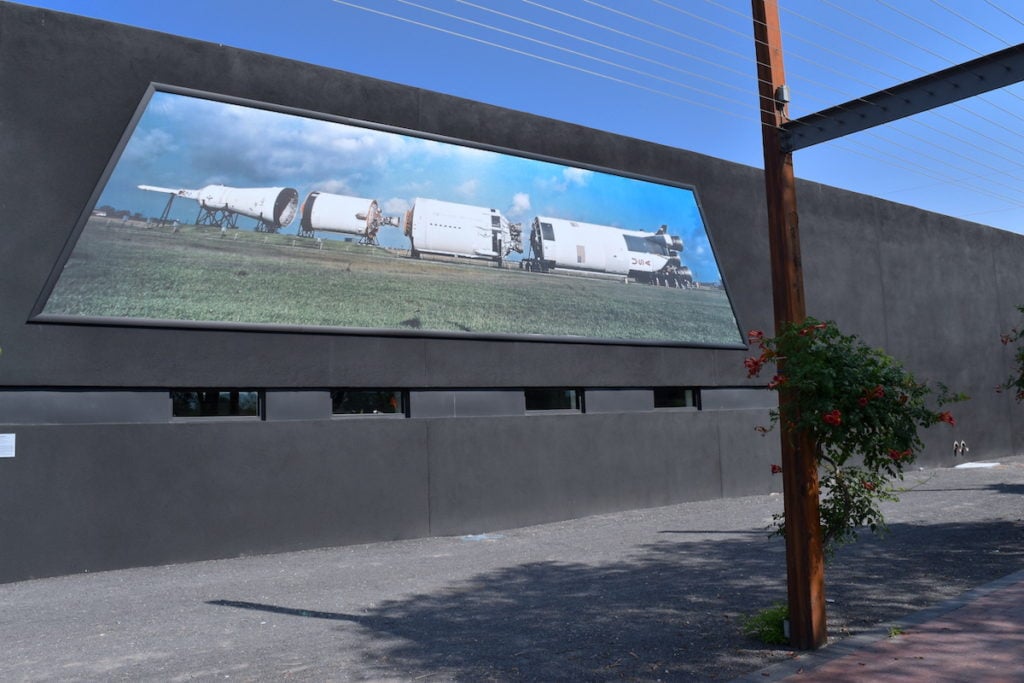
Lutz Bacher, Rocket (2016-18), located on the exterior of the Site Santa Fe building.
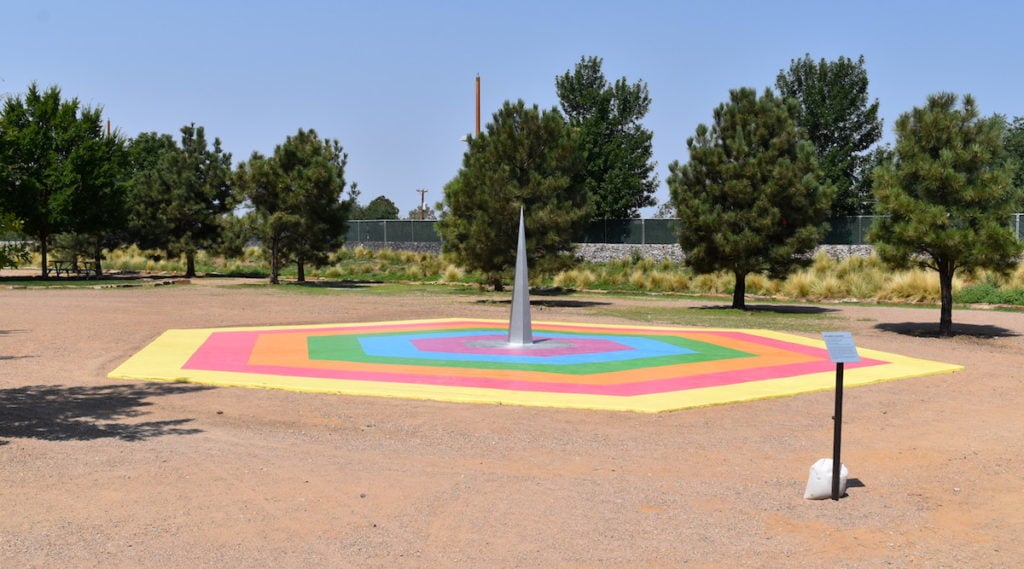
Eduardo Navarro, Galactic Playground (2018), a sundial whose shadow selects a game or puzzle for a viewer.

Detail of Eduardo Navarro, Galactic Playground (2018).
For an added bonus, here are some images of the original Oñate Monument, which remains hotly debated, 45 minutes outside of Santa Fe:
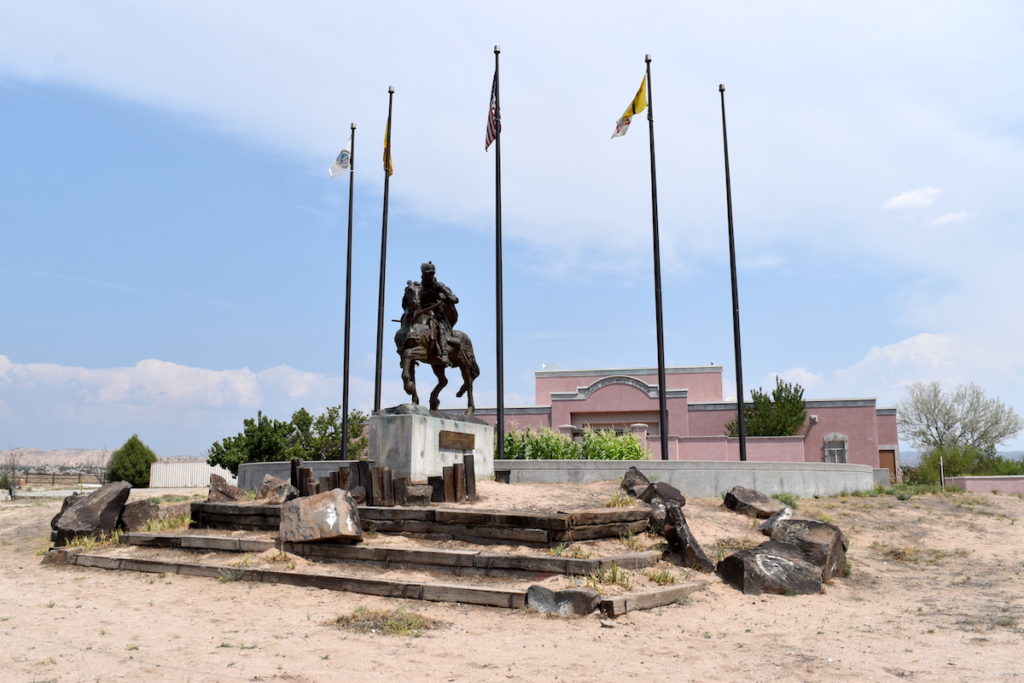
Monument to Juan de Oñate at the Oñate Monument Resource and Visitors Center in Alcalde, New Mexico.
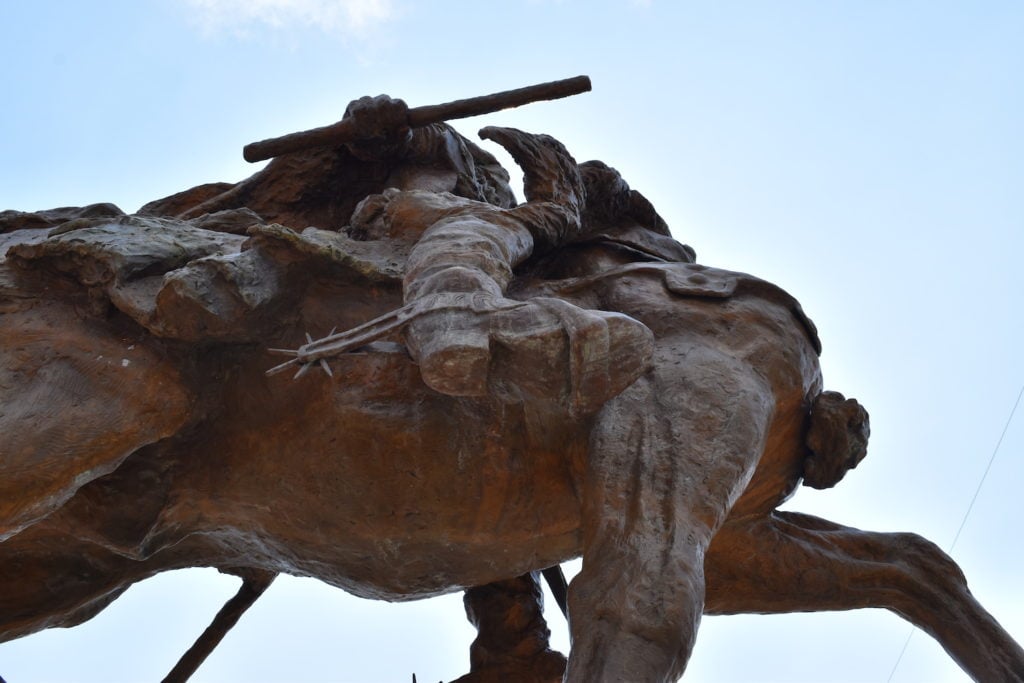
Detail of the Monument to Juan de Oñate’s now-fixed foot.